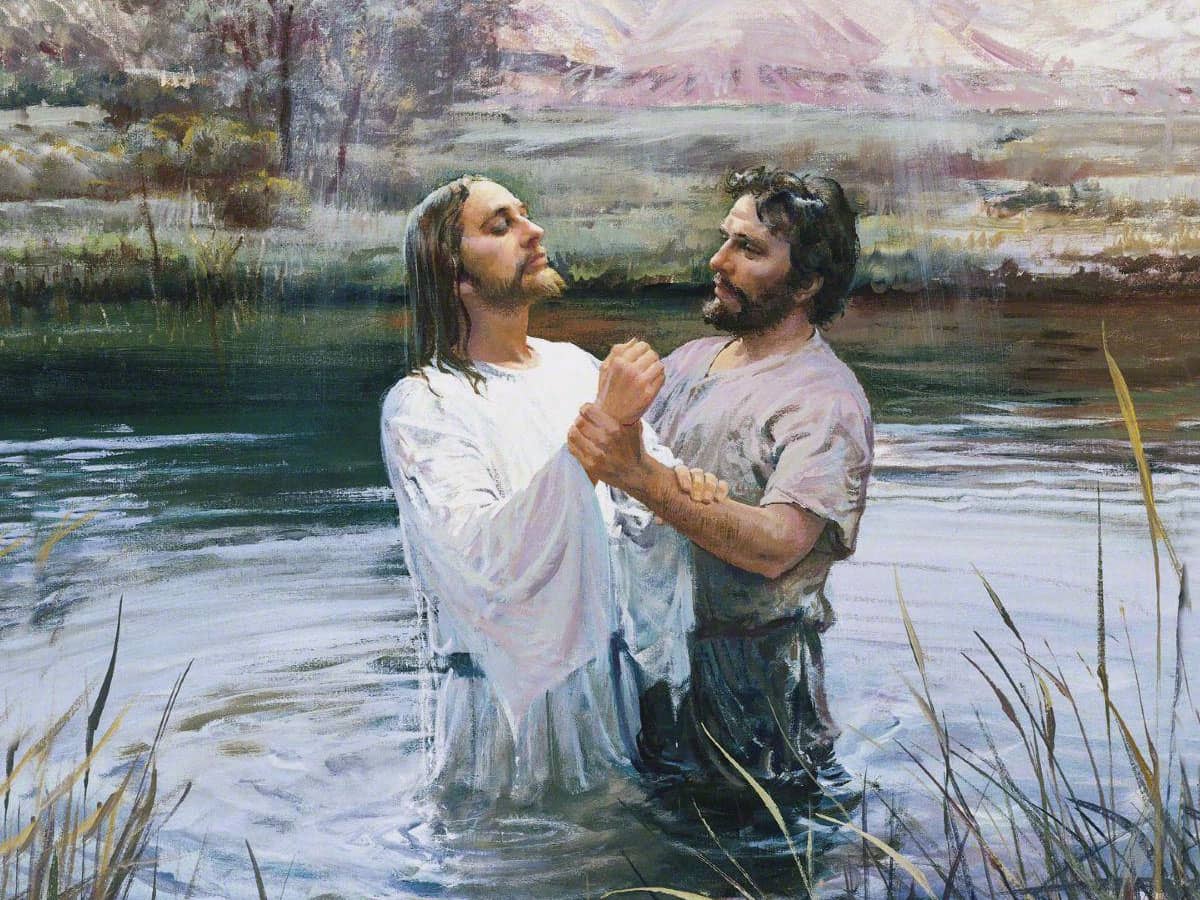
During COVID-19, many churches have come up with creative ways to hold worship still. Regardless of the means, whether physical or virtual, this time is offering an unprecedented opportunity for spiritual awakening. It is also an opportunity for the church to reach people they may not have before the crisis. Here are four ways COVID-19 has changed worship.
Shift to Online Church
Many churches have moved to online communications during this period. The pandemic is encouraging churches to connect in new ways. Congregations are staying connected virtually – many are using facebook live and Zoom, a remote video conferencing service to continue to see familiar faces and remain connected. While people cannot see you during a facebook live broadcast, it is still interactive. You can engage with content as much as you want to. If you happened to wake up later than you planned to, you could watch the broadcast then. Many churches who did not have a large social media presence plan to continue these broadcasts even when in-person services resume as they know it is a beautiful way to reach people. Zoom is another platform people are using for worship to connect more intimately. This is a platform where people can see your face and hear your voice, which gives many a sense of connection and community without meeting in-person.
Drive-in Church
Drive-in church services have become a creative way for churches to share God’s Word, giving churches the ability to turn their parking lots into pews. Gateway Fellowship Church in Northwest San Antonio, TX., is one of the churches that decided to try drive-in worship. Worshipers stay in their cars so that they can continue to self-quarantine.
“We said, how can we protect people and get them into a space where they can worship the Lord,” pastor Matt Robertson said.
People who have tried drive-in church have said they have still been able to experience a sense of community while also remaining safe while keeping social distancing guidelines. Some churches have also offered drive-up holy communion. A pastor or priest approaches your car, and you receive communion by hand. Doing this has been helpful for churches that put great emphasis on the sacrament of holy communion.
We See Church as the People, Not a Building
During this crisis, we have had to transform our view of what church looks like. The church is commonly understood as a building used for public worship, but the biblical definition characterizes the church as people. We see the word church used in the Bible in multiple ways. First, it is described as the body of Christ. The church is often defined as a local assembly or group of believers. Paul, who was called to be an apostle of Jesus Christ by the will of God, says in his greeting, “To the church of God in Corinth, to those sanctified in Christ Jesus and called to be His holy people, together with all those everywhere who call on the name of our Lord Jesus Christ – their Lord and ours: Grace and peace to you from God our Father and the Lord Jesus Christ” (1 Corinthians 1:2). This is just one example of the church being defined as a company or assembly.
Next, the church is defined as the body of living, individual believers. When Paul preaches the Gospel after receiving it by revelation from Jesus Christ, he says, “For you have heard of my previous way of life in Judaism, how intensely I persecuted the church of God and tried to destroy it” (Galatians 1:13). Paul also said, “For I am the least of the apostles and do not even deserve to be called an apostle, because I persecuted the church of God” (1 Corinthians 15:9). Both of these verses signal that the church is a body of living people.
Finally, it is defined as the universal group of all people who have trusted Christ through the ages. When Peter makes his confession of Christ, Jesus replies, “And I tell you that you are Peter, and on this rock, I will build my church, and all the powers of hell will not conquer it” (Matthew 16:18). From these examples, we see that church is not something we do individually. It is something we do collectively. A critical aspect of the Christian life is not just what you do by yourself but also what you do together with other people. Biblically, the church is considered to be the “family of God”. We understand family to be a group that is mutually dependent on each other. The same goes for the church. During this crisis, we can worship together in community without being in a physical building because we recognize we are the church. We can do incredible things when we understand we aren’t limited in our ministry even if we can’t come together for in-person worship.
More People Are Seeking God’s Word
Some churches are reaching more people online than they ever could during regular worship services. Some are connecting to a church for the first time through facebook and other social media live streams. Many churches are seeing their social media presence grow as more people are tuning into online services than ever before, and finding worship through non-traditional means.
In a Daily Article podcast, Dr. Jim Denison shares that the global pandemic is sparking global interest in God’s love.
In response to the COVID-19 pandemic, Global Media Outreach has gone from reaching 350,000 people per day to upwards of 500,000 globally. A GMO leader told the Christian Post, “People are coming to us saying, ‘I need hope. Where can I find hope in the face of tragedy, anxiety, bankruptcy?’” he added, “When people are in pain, we offer encouragement and hope. They’re coming to us looking for answers.” Some people who are not even searching for worship services are still stumbling across them online. Friends or family may have shared their worship service on social media, or they may have stumbled across the service through an explore feature on social.While worship has shifted in a lot of ways, we should not look at this as a bad thing. We must not lose sight of the opportunities we have to reach new people and share the message of Christ in ways we never have before. People are looking for a message of hope, and we can show them that through the means we worship now.

